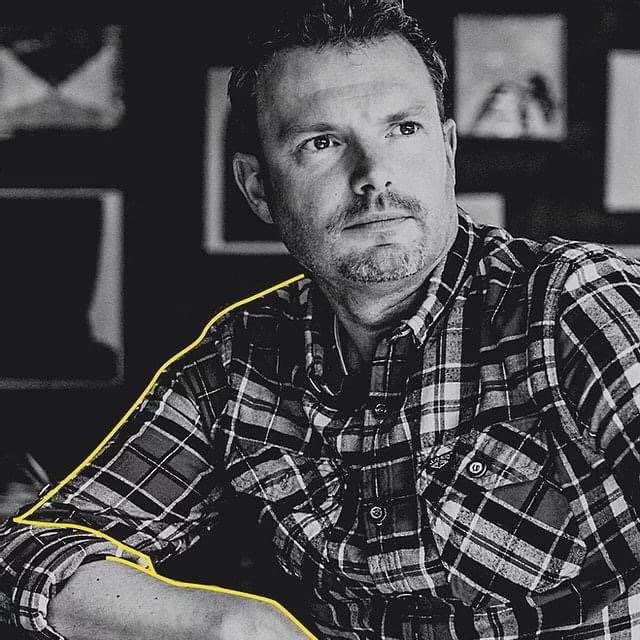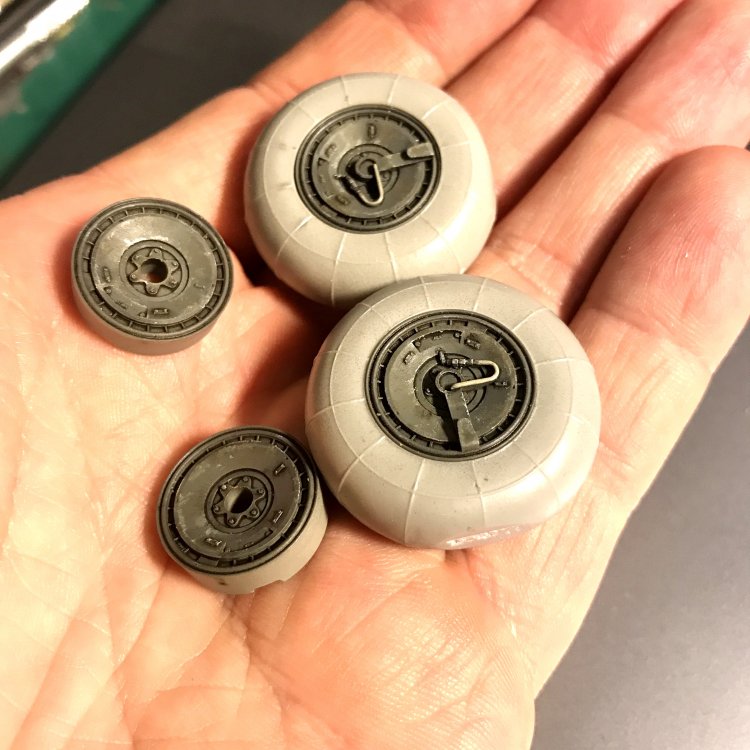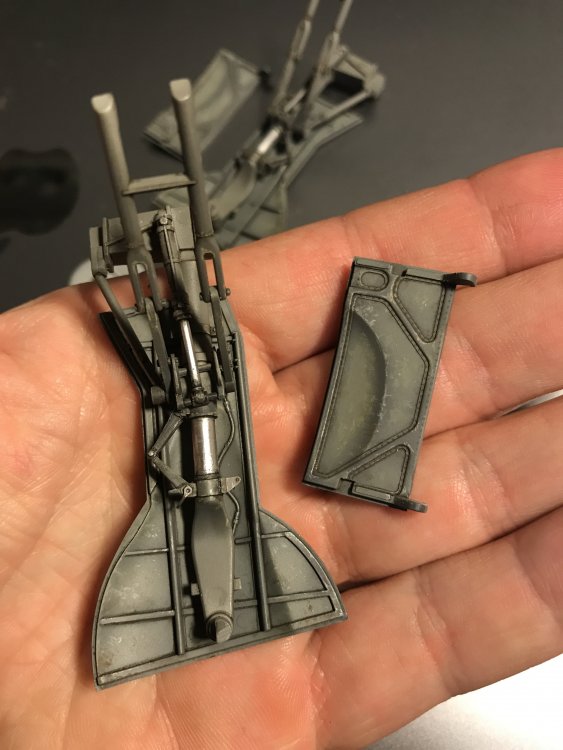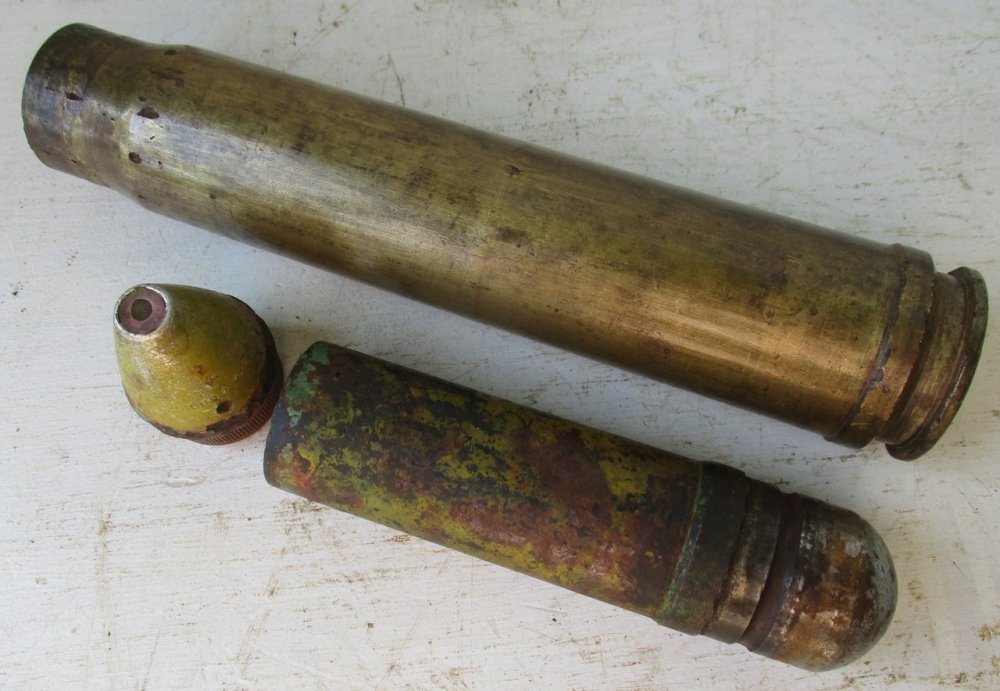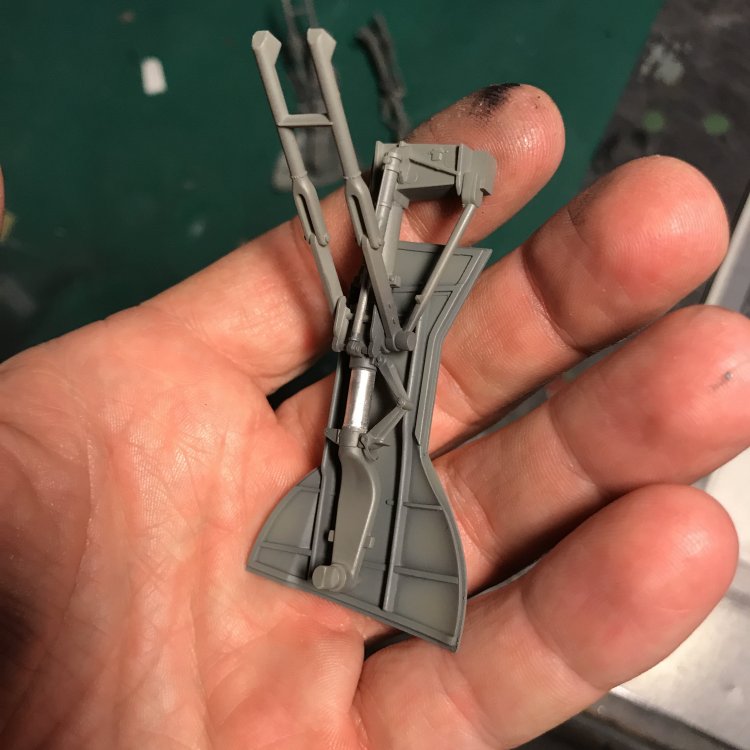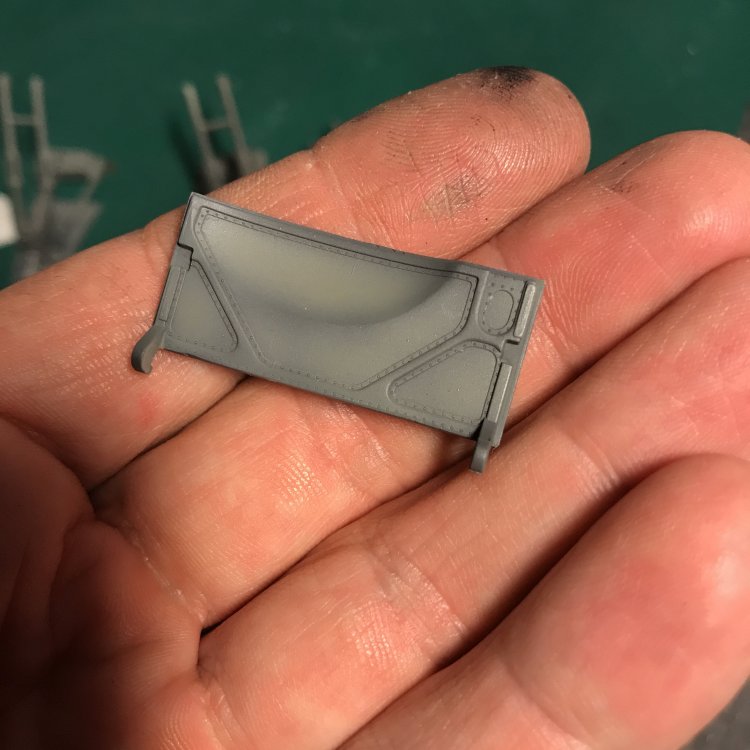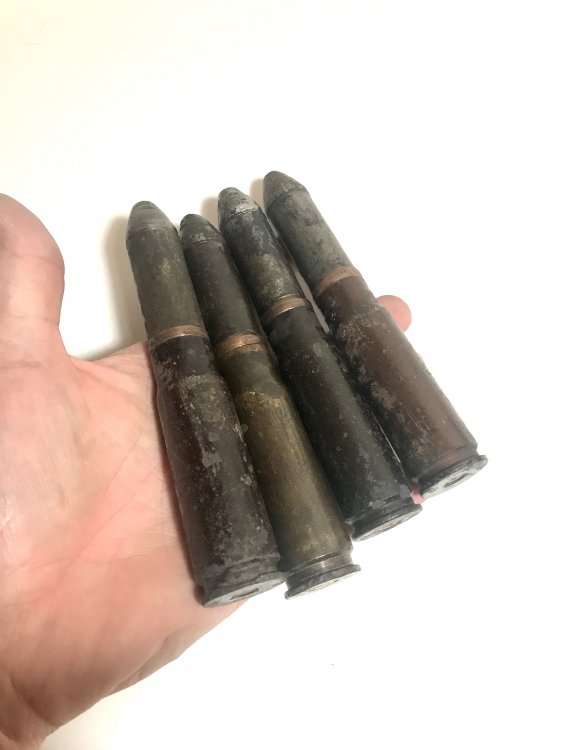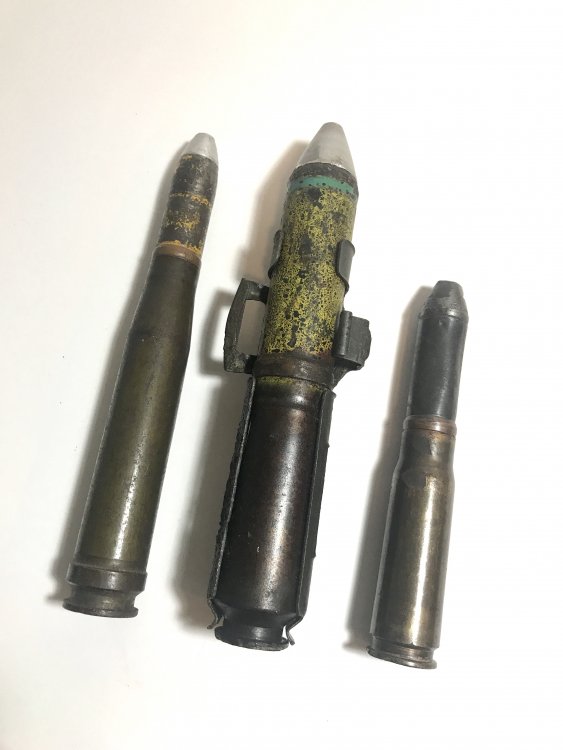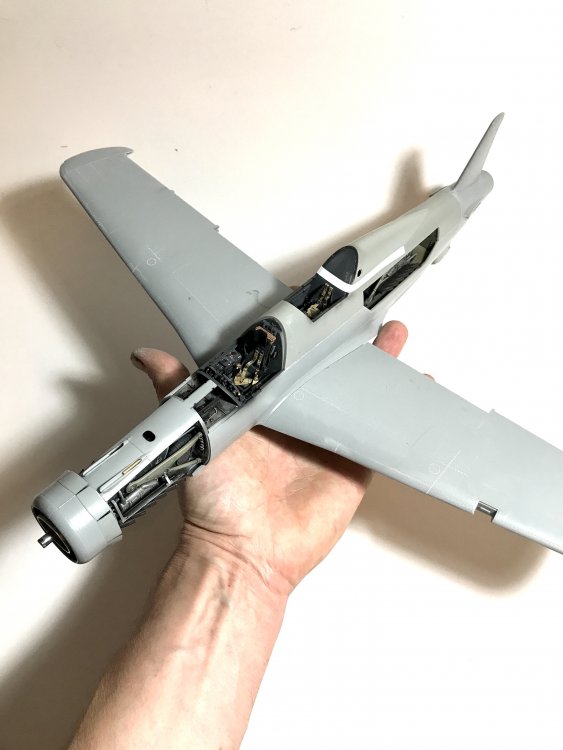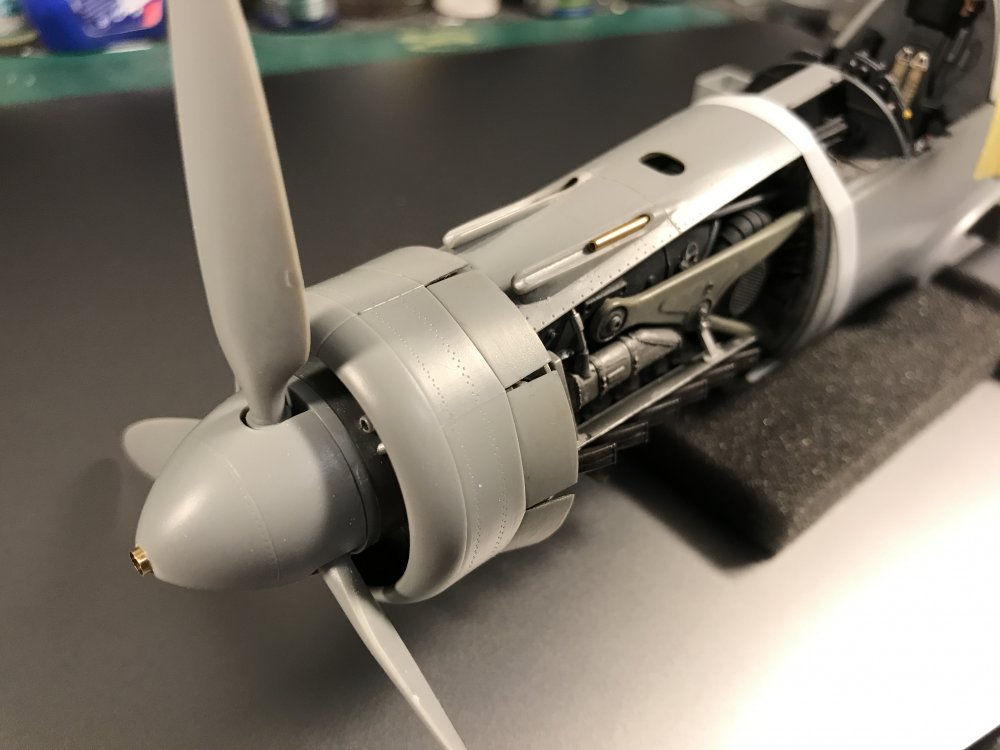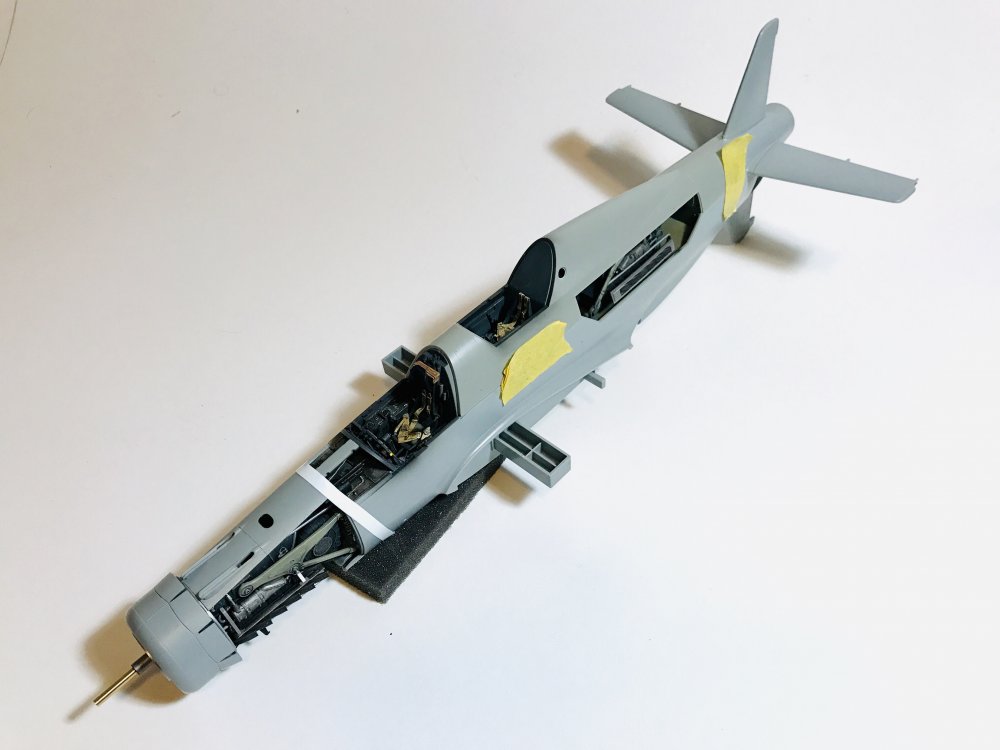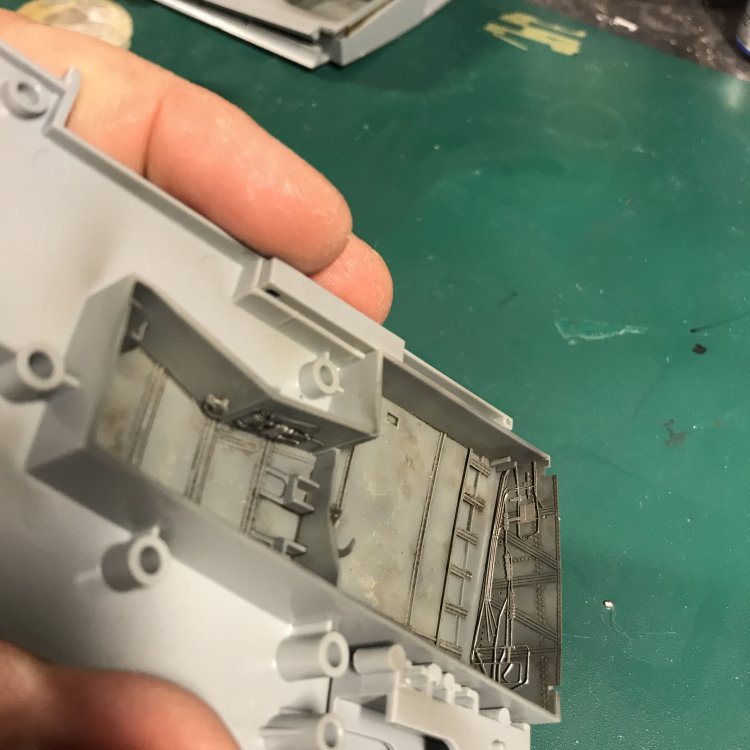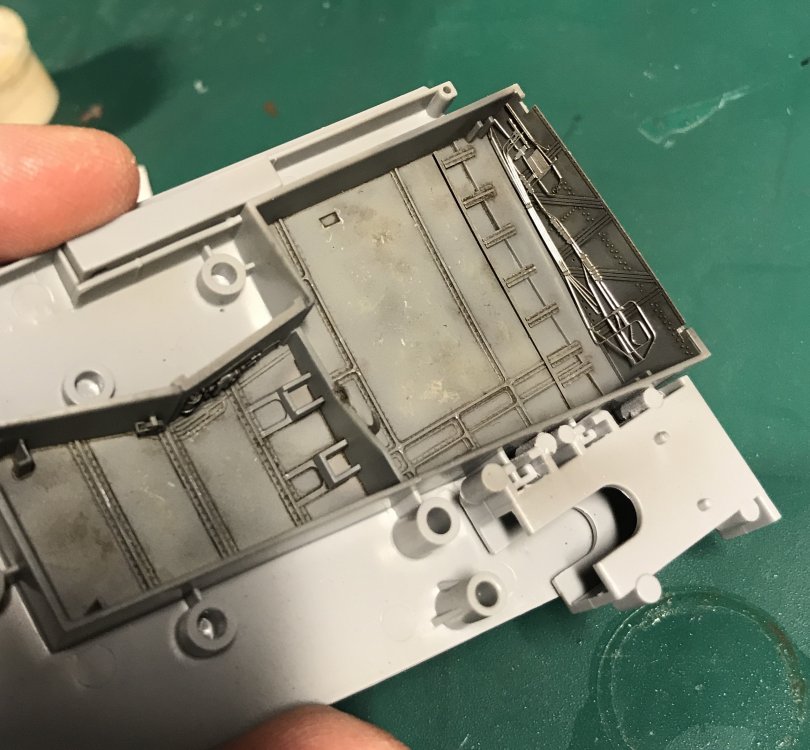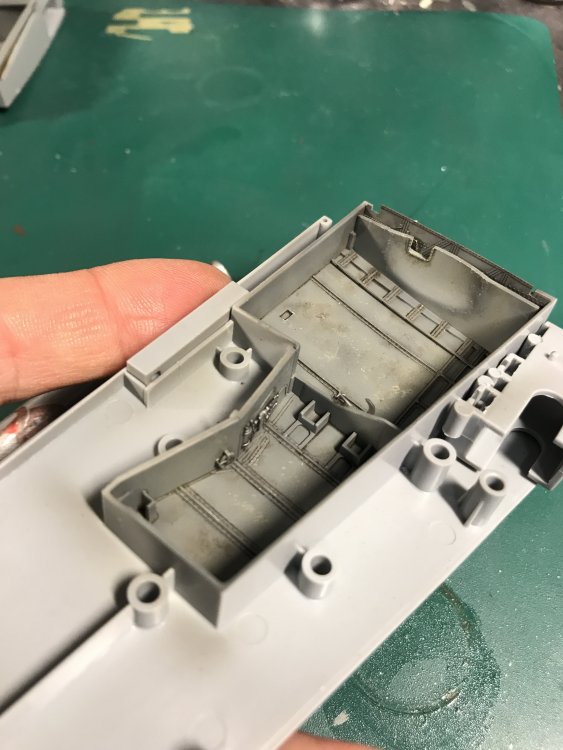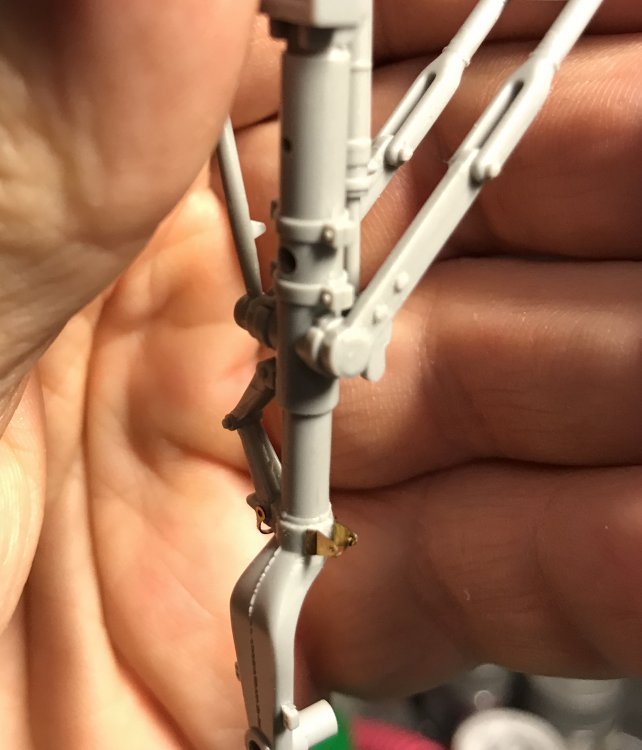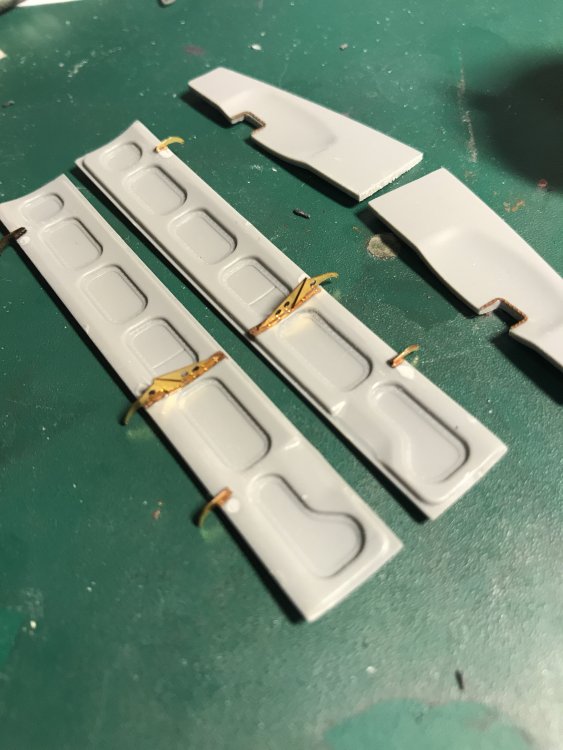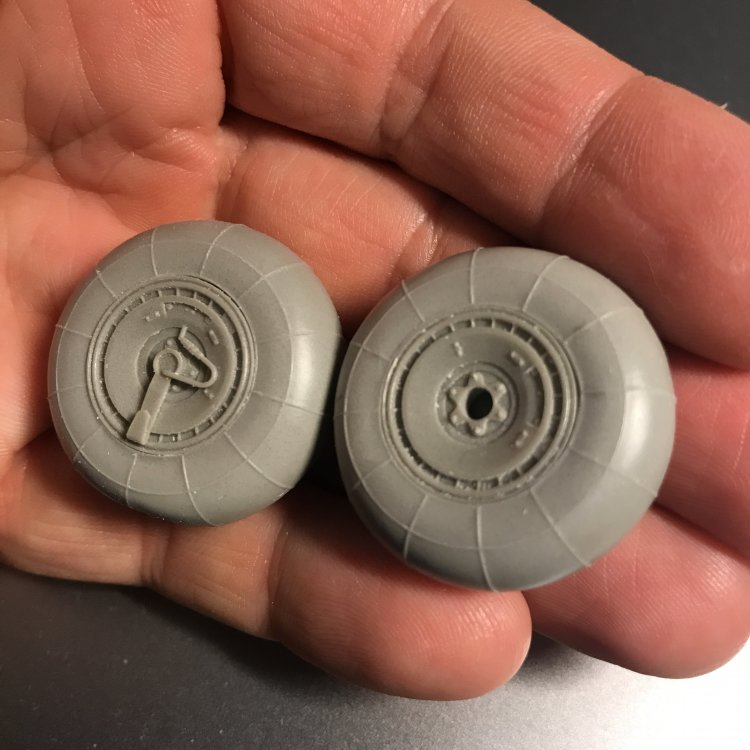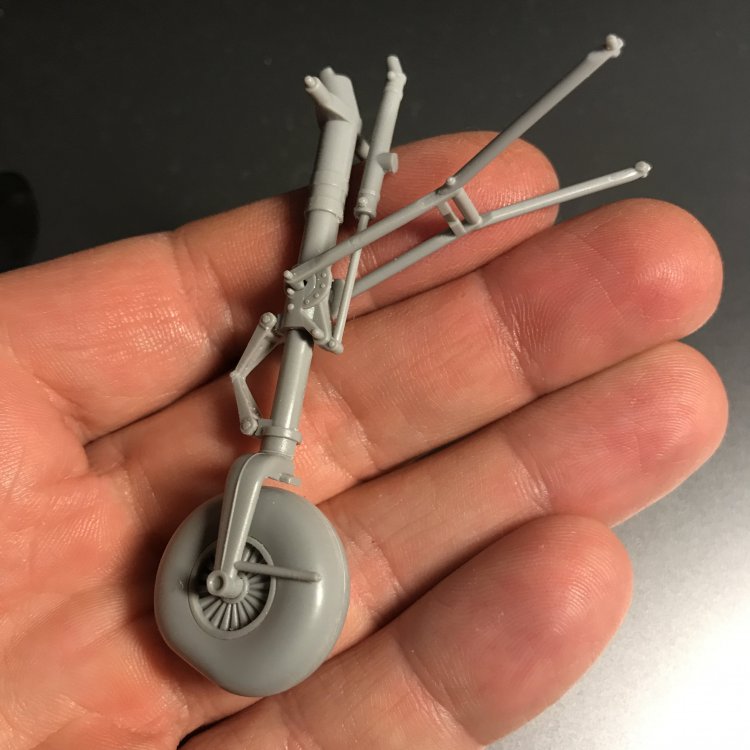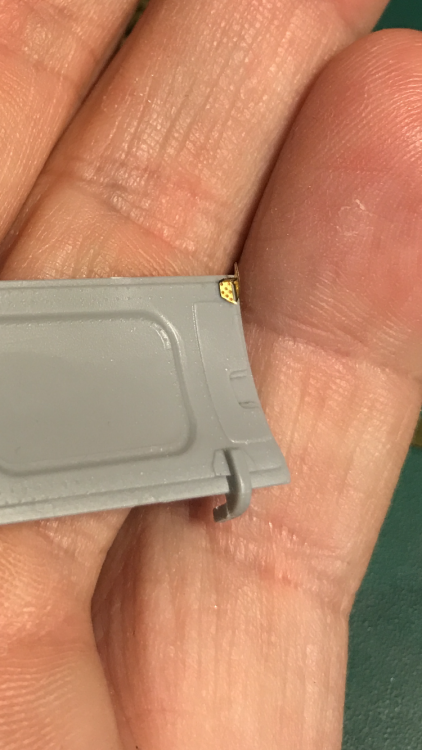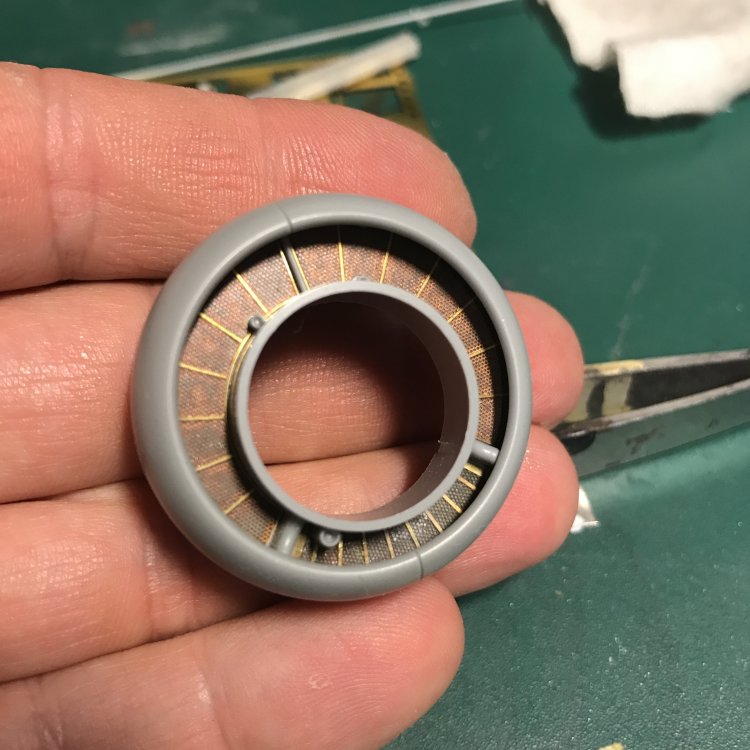-
Posts
4,777 -
Joined
-
Last visited
Content Type
Profiles
Forums
Events
Gallery
Everything posted by JeroenPeters
-
Home stretch. Loving this!!
-
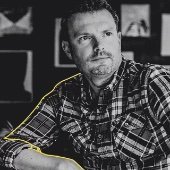
HK Models Do-335 A-12
JeroenPeters replied to JeroenPeters's topic in LSM 1/35 and Larger Work In Progress
I used the excellent mr hobby chrome. Also did some work on the wheelhubs. Some reference show them to be black. Some rlm02. -

HK Models Do-335 A-12
JeroenPeters replied to JeroenPeters's topic in LSM 1/35 and Larger Work In Progress
-

RR Spey powered RAF Phantom conversion
JeroenPeters replied to Wingco57's topic in LSM 1/35 and Larger Work In Progress
They turned out great!- 414 replies
-
- 3
-

-
- conversion
- phantom
-
(and 1 more)
Tagged with:
-

HK Models Do-335 A-12
JeroenPeters replied to JeroenPeters's topic in LSM 1/35 and Larger Work In Progress
Yup! All inert. Finally managed to find a complete mk103 round. These things are very very hard to find. Found one at a militaria dealer in Germany. Where else?? Costed a few pennies but worth it because i’ve seen them go for way more. The price on mine was 100€ in case you’re wondering. At the same time also bought a few complete MG FF rounds. First paint on the gear legs and doors with a little modulation. -

HK Models Do-335 A-12
JeroenPeters replied to JeroenPeters's topic in LSM 1/35 and Larger Work In Progress
So the four mg151 20mm rounds arrived. The four belt links that fit them are on their way. The mk103 round I’m still looking for and seems hard to find... in the photo you also see a 20mm flak round, a 30mm mk108 round and a mg151 20mm round. -

HK Models Do-335 A-12
JeroenPeters replied to JeroenPeters's topic in LSM 1/35 and Larger Work In Progress
- 209 replies
-
- 10
-

-

RR Spey powered RAF Phantom conversion
JeroenPeters replied to Wingco57's topic in LSM 1/35 and Larger Work In Progress
Whohaa! Frankenstein! It’s alive!- 414 replies
-
- 5
-

-

-
- conversion
- phantom
-
(and 1 more)
Tagged with:
-
Really sweet. Gotta Love Alclad!
-

HK Models Do-335 A-12
JeroenPeters replied to JeroenPeters's topic in LSM 1/35 and Larger Work In Progress
Thnx guys! Just fitted the Mk103 cannon and Mg151 guns. Perfect. I will display this plane with 2 Genuine Mg151 rounds And one mk103 30mm round. Hard to come by, but i found them!- 209 replies
-
- 11
-

-

HK Models Do-335 A-12
JeroenPeters replied to JeroenPeters's topic in LSM 1/35 and Larger Work In Progress
Getting there. The Eduard photo etch in the wheelbay is nice. The tubes and wires along the fuselage especially. A shame it can hardly be seen... -

HK Models Do-335 A-12
JeroenPeters replied to JeroenPeters's topic in LSM 1/35 and Larger Work In Progress
-

Takom 1/35 V2 Rocket
JeroenPeters replied to JeroenPeters's topic in LSM 1/35 and Larger Work In Progress
From Reedoak. A french brand that scans real people and 3d prints them. The best... -
Can I get a congrats for one if our most faithful members: Harv! congrats buddy!
-

HK Models Do-335 A-12
JeroenPeters replied to JeroenPeters's topic in LSM 1/35 and Larger Work In Progress
The hinges of the nose wheel doors are daunting! Half done.. they will connect with PE hinges inside the wheelbay. So careful allignment is key. -

1:32nd scale - Bristol M1.c
JeroenPeters replied to sandbagger's topic in LSM 1/35 and Larger Work In Progress
This makes me happy. Lovely woodwork, research and detailing -

Short Sunderland MkII
JeroenPeters replied to ThomasProbert's topic in LSM 1/35 and Larger Work In Progress
My lord... -

HK Models Do-335 A-12
JeroenPeters replied to JeroenPeters's topic in LSM 1/35 and Larger Work In Progress
-

RR Spey powered RAF Phantom conversion
JeroenPeters replied to Wingco57's topic in LSM 1/35 and Larger Work In Progress
lovely. Taking shape. I just don't get the screws. I mean... why? Only to make the kit look more multi-media?- 414 replies
-
- 1
-

-
- conversion
- phantom
-
(and 1 more)
Tagged with:
-

HK Models Do-335 A-12
JeroenPeters replied to JeroenPeters's topic in LSM 1/35 and Larger Work In Progress
-

1:32nd scale - Bristol M1.c
JeroenPeters replied to sandbagger's topic in LSM 1/35 and Larger Work In Progress
Looking forward to this! Lovely little subject

